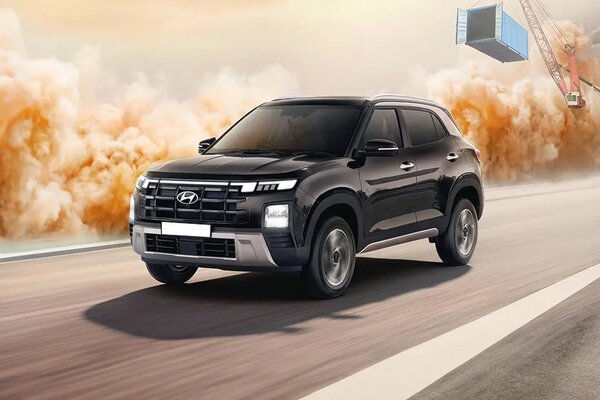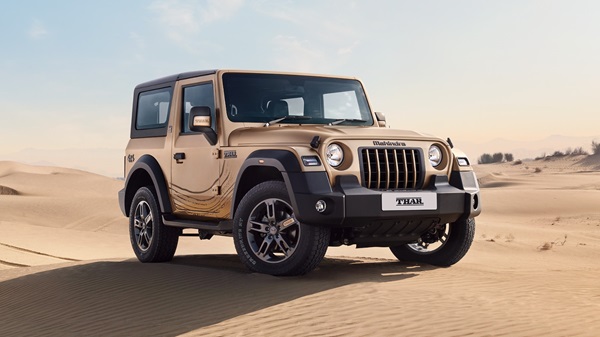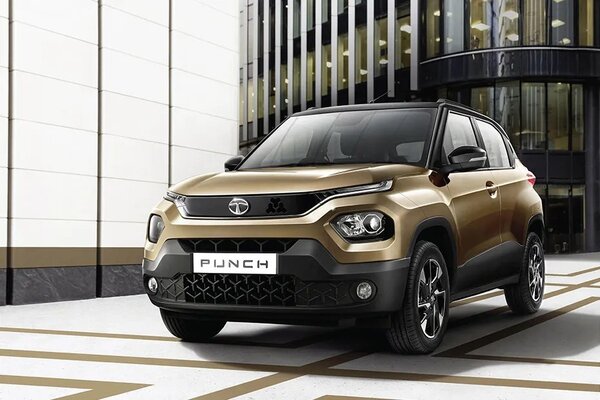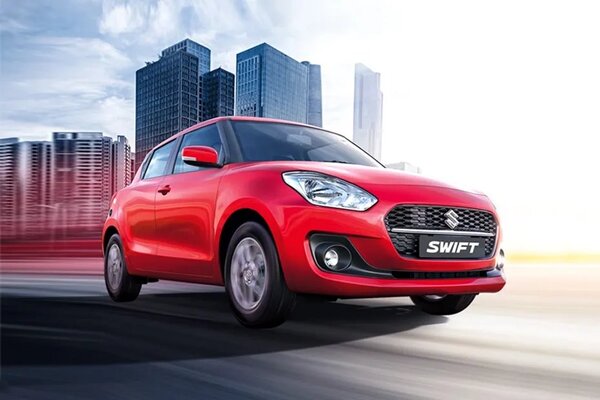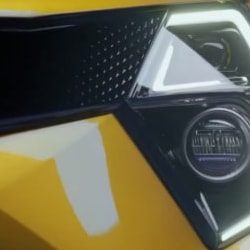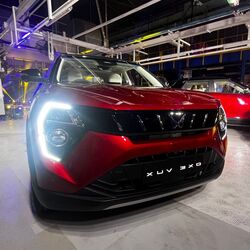Global SUV trend may soon see a shift. Here’s why
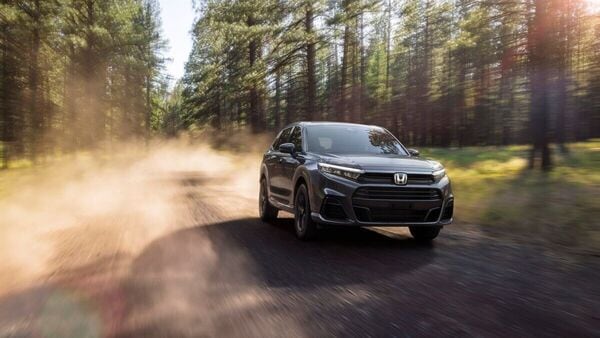

The automotive industry's resilience in recent years amidst various crises can be largely attributed to the popularity and profitability of SUVs. Surpassing electric cars, pickup trucks, and emerging markets, SUVs have emerged as the dominant force in global vehicle sales. They not only drive revenue growth but also significantly contribute to profits. However, the sustainability of this trend and potential threats to this segment are subjects of debate.
In 2021, SUVs accounted for nearly 42 per cent of global new vehicle sales, excluding light commercial vehicles, with approximately 31.9 million units sold worldwide, marking a 13 per cent increase from 2020. This trend is mirrored in India, where SUVs are driving record-breaking passenger vehicle sales, accounting for almost half of all units sold in 2023.
Also check these Cars
This surge in SUV popularity can be attributed to several factors, including a diverse product range spanning from compact to luxury SUVs, increased availability of electrified models, and the perceived sense of security and ease of access associated with higher riding positions.
Despite advancements in emissions technology, SUVs generally have higher emissions compared to other vehicle segments due to their heavier build and larger engines. While SUV emissions have decreased in Europe between 2020 and 2021, their total average of 107.9 g/km CO2 remains significantly higher than that of smaller vehicle categories. This emission disparity could lead to potential government penalties and tax hikes, particularly in regions like Europe, where SUVs are considerably heavier than smaller cars.
Tax hikes and stricter regulations targeting SUVs could potentially dampen demand and pose a threat to manufacturers' profitability. However, SUVs have played a crucial role in generating revenue for automakers, particularly in funding their transition from internal combustion engines to electric vehicles (EVs). The profitability of SUVs has enabled manufacturers to navigate semiconductor shortages by prioritising the production of SUVs and EVs, which are easier to sell.
In a notable development, Parisians recently voted to increase parking fees for large SUVs, reflecting a broader trend towards greener urban environments. This measure, aimed at discouraging SUV use in the French capital, underscores the growing scrutiny and potential challenges faced by the SUV segment.
Also Read : Paris to triple parking fee for SUVs after key voting. Here is why
Overall, while SUVs have been instrumental in driving automotive industry growth, their future trajectory may be influenced by evolving environmental regulations and consumer preferences, highlighting the need for automakers to adapt and innovate in this dynamic market landscape.
Reality check for India
The surge in SUV sales in India, driven largely by their robust image, raises concerns about road safety. David Ward, Executive President of the Global New Car Assessment Programme (NCAP), has highlighted that large SUVs pose a significantly higher risk of causing serious injury to other road users compared to medium-sized SUVs. Moreover, they are particularly unsafe for pedestrians, cyclists, and users of smaller vehicles.
Recent trends indicate that cars have become heavier, taller, and more powerful, leading to studies suggesting that SUVs and pickup trucks are more dangerous in crashes. Ward emphasized that the risk of fatal injuries to vulnerable road users increases with the height of the vehicle's bonnet. For example, a pedestrian or cyclist hit by a vehicle with a 90 cm high bonnet faces a 30 per cent higher risk of fatal injury than if hit by a vehicle with a 10 cm lower bonnet.
Ward cautioned against emulating the US example regarding the size and weight of SUVs, stressing that vehicle size plays a critical role in achieving climate goals and ensuring the safety of vulnerable road users. He emphasised the importance of government intervention in steering the market towards vehicles that are more suitable and safer for all road users. Ward called for measures to discourage the sale of large SUVs in India and other countries, citing the growing challenges posed by their increasing demand in terms of road safety and environmental impact.
How long before the SUV curve flattens
In recent years, the automotive market has witnessed a shift towards higher-priced vehicles. This change can be attributed to rising commodity prices and the increased costs associated with complying with new emission and safety norms, which have collectively driven up the prices of cars. Despite a decline in sales of smaller cars, the industry has continued to progress, buoyed by the surging demand for SUVs. The share of SUVs in overall passenger vehicle sales has steadily increased, reflecting a shift in consumer preferences.
RC Bhargava, Chairman of Maruti Suzuki India, had earlier emphasised the importance of revitalising the entry-level vehicle segment for sustained growth in the automotive industry. While SUVs currently dominate the market, Bhargava believes that this is largely due to the existing customer base. He asserts that considering the demographics of the Indian market, the revival of entry-level vehicles is imperative.
Bhargava envisions real growth in the automotive segment occurring when customers from the two-wheeler segment and first-time buyers enter the market. He believes that entry-level offerings are key to attracting these customers. Maruti Suzuki anticipates a potential plateau in demand for SUVs in 2024. Previously, the company aimed to increase its market share to 50 per cent by focusing on SUVs; however, MSIL is now reevaluating its strategy and looking to diversify its focus towards other segments to achieve its market share goals.







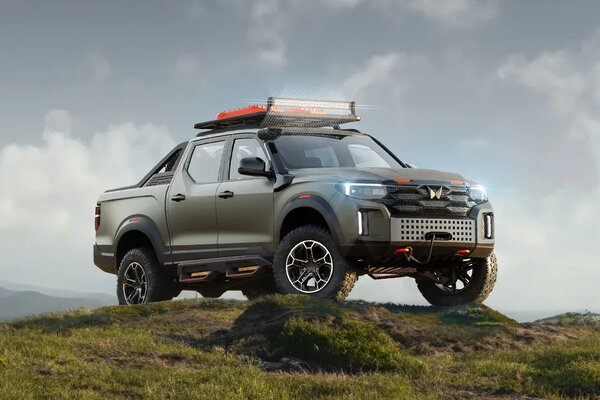
 2498 cc
2498 cc Diesel
Diesel